In a world of color, sometimes you just can’t beat a strong black and white image. Black and white photography can be an amazing tool to conveying a mood, story, or statement to your viewers. While a color portrait can tell a story too, the absence of color in black and white imagery often presents a much stronger impact. Here are a few tips for creating strong black and white photographs:
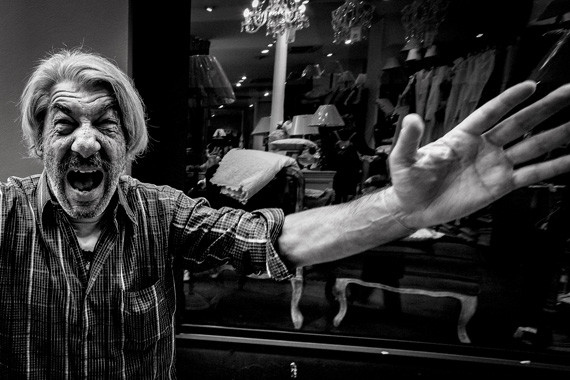
Photo by Roberto Taddeo.
1. Subject Matter
The first thing to consider is your subject matter. Would it be strengthened by the absence of color? The truth is, not every image will look better in black and white. Sometimes color is needed to distinguish your subject from the other elements in the image. So really evaluate whether or not your chosen image will benefit from a black and white conversion.
2. Shape and Form
As previously stated, sometimes color is needed in an image to separate, distinguish, and add interest. When you shift an image to black and white, you can no longer rely on color to add interest or a focal point to your photograph. That’s why form and shape are incredibly important in black and white photography. You’ll have to look beyond colors and instead focus your attention on shapes and lines, arranging them in a way that emphasizes the most interesting aspect of the shape or that creates an intriguing composition of different shapes.
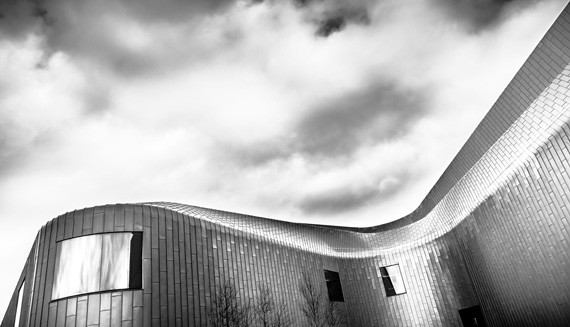
Photo by Giuseppe Milo; ISO 160, f/5.6, 1/800 exposure.
3. Pattern
In color photos, patterns often go unnoticed because the colors draw all the attention away from them. However, black and white photographs give you a much better chance of capturing interesting patterns; the distraction of color is no longer present, giving subtle patterns the chance to take shape and emerge.
4. Texture
Texture is a crucial element in black and white imagery. Textures provide us with tonal contrast and relay depth to the viewer. Without textures, you would simply have a smooth flat surface showing some shade of gray, but with texture we have something interesting and inciting to view. Try combining a variety of textures, like a glossy pen next to a textured sheet of paper sitting on a dirty desk. The right textures combined together will help to add interest and appeal to your photograph.
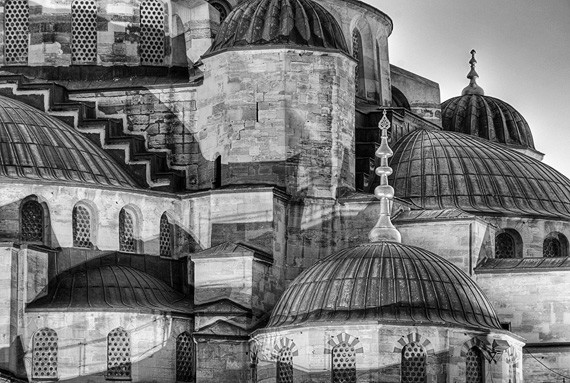
Photo by Timothy Neesam.
5. Composition
A strong composition is even more important in black and white photography than in color imagery. Remember composition elements such as the golden ratio and leading lines when composing your image. These elements help pull viewers in and keep their interest in the absence of color.
6. Lighting, Lighting, Lighting
This, of course, is of vital importance in black and white photography. In black and white photographs, proper lighting can make or break an image. Good lighting can help increase the contrast within your image, providing more interest to your portrait–or it can be used to create drama, mystery, and moody contrasts within the image.
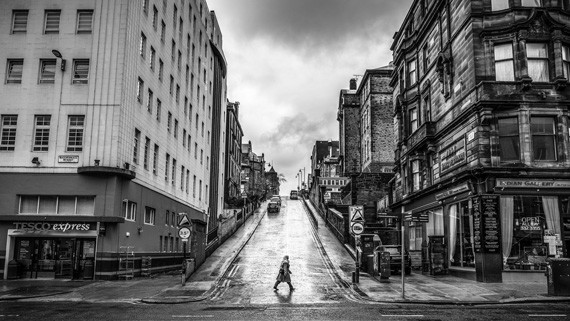
Photo by Giuseppe Milo; ISO 200, f/7.1, 1/500 exposure.
7. Slightly Overexpose
This is more of a personal suggestion. But I always slightly overexpose when I shoot. It helps bring all the tones up a little so you don’t lose any details in the dark shadows. Of course, you don’t want to over-do it and blow out your whites, but a slightly overexposed image can be tweaked more easily to suit your needs.
8. Avoid Noise
Sometimes grain adds to an image, but always be intentional about your use of it. Many people will shift a poorly created image to black and white to hide the noise in their image that results from poor setting choices. If you are intentionally shooting to create a black and white images, be very conscious of your settings; choose them wisely. Most of the strongest and most well known black and white images are crisp and sharp. So don’t let your ISO get too high.
9. Shoot in Color
Many cameras have the option to shoot in black and white. Even if you know you’re going to be converting your images to black and white, always shoot them in color first! When your camera internally converts your color image to black and white all kinds of detail and information is lost in the conversion. Rather than risk a sub-par creation, shoot your image in color and convert it to black and white on your computer, where you will have much more control of the finished product.
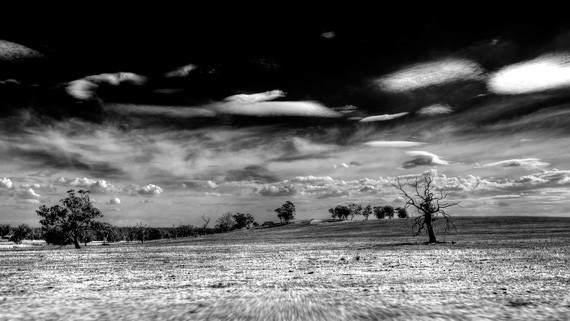
Photo by Indigo Skies Photography; ISO 100, f/22, 0.3-second exposure.
10. Contrast
When converting your photograph to black and white, pump up your contrast. Whether you use an action, level layer, or curves in your conversion, your black and white photograph can handle a lot more contrast than a color image. Make your blacks a deeper black and your whites a brighter white. You can always pull up the histogram in Photoshop to check your levels; you will want a healthy looking mountain in your histogram to have a strong image.
About the Author:
Stephanie lives in Central, Illinois, is married to her best friend, Ryan, and enjoys the company of her rambunctious lab-beagle pup, Kit. She is the owner of Green Tree Media (greentreemediaonline.com) and is passionate about photography.
Like This Article?
Don't Miss The Next One!
Join over 100,000 photographers of all experience levels who receive our free photography tips and articles to stay current:






Leave a Reply